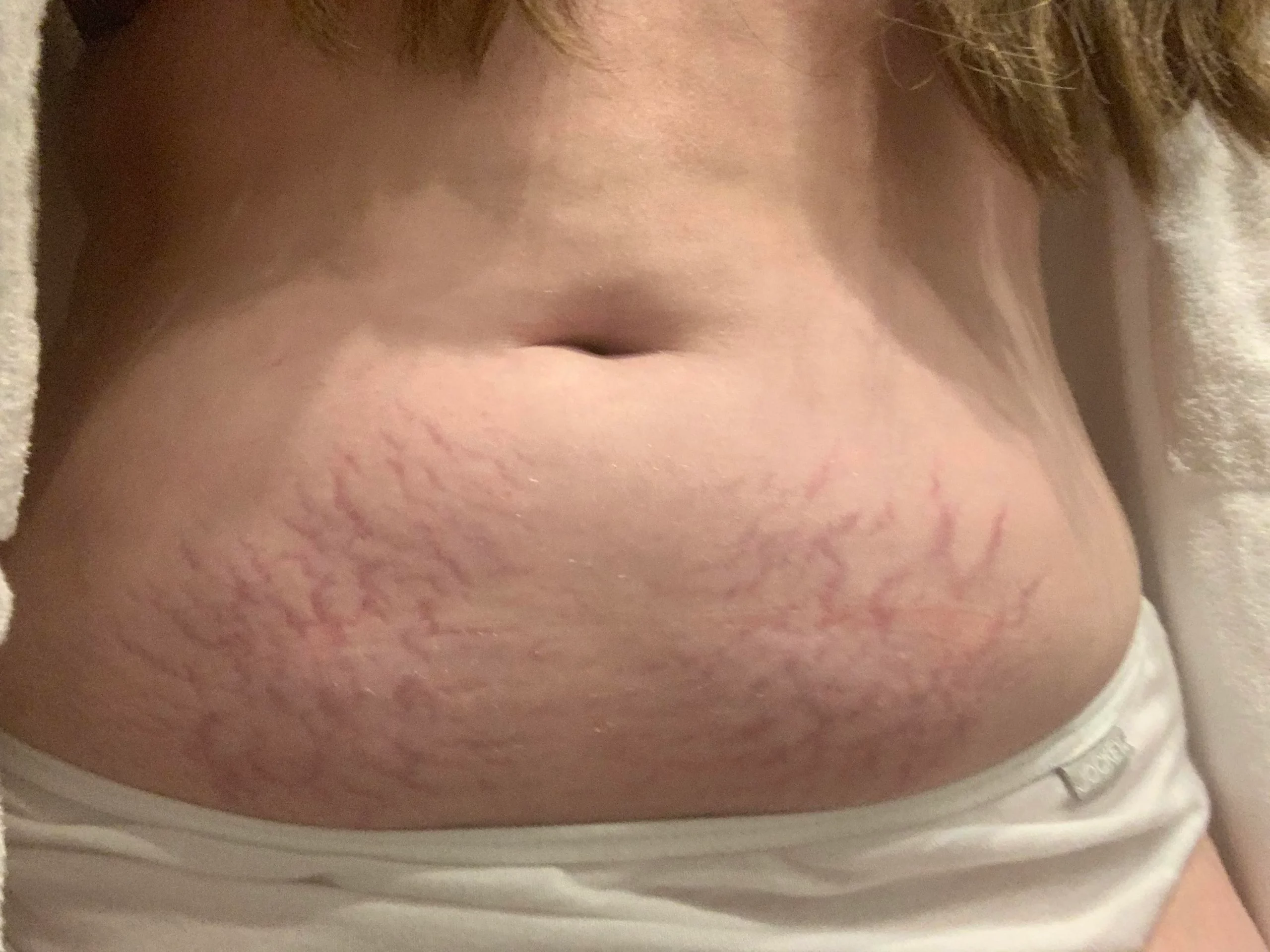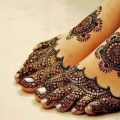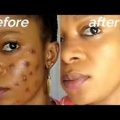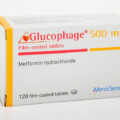Losing weight can significantly reduce the risk of diseases associated with being overweight or obese. A crash diet or even post-pregnancy can cause you to lose a lot of weight quickly and result in loose skin and stretch marks. While these skin issues are certainly an eyesore, they are also known to erode self-esteem. So what can you do to treat these skin concerns?
What causes loose skin & stretch marks?
The dermis is composed primarily of collagen and elastin, the two most common proteins in the skin, which form almost 80 percent of the skin’s structure that gives its firm texture and plumpness.
New skin grows whenever your body grows to prevent your skin from rupturing when you put on weight. The collagen and elastin fibers that hold your skin together tear or break when your skin cannot accommodate rapid growth resulting in stretch marks. Most stretch marks are caused by pregnancy, heredity and hormonal levels may contribute as well.
The loss of elasticity of these fibers and their inability to return to their original size, when weight loss occurs, results in loose skin. This is like an elastic band that snaps if it is stretched beyond a certain point or loses its elasticity after repeated stretching. This occurs mostly in the abdomen, thighs, buttocks, and upper arms. The amount of loose skin is proportional to the amount of bodyweight you lose. Thus, the more weight you gain and lose, the more lax your skin becomes.
Therefore, what is your best option for treating loose skin as well as stretch marks?
Types of Treatment for Loose skin and stretch marks
Laser Treatment: Stretch marks and loose skin are treated with different wavelengths of lasers as part of the skin resurfacing and regeneration procedure. The resurfacing treatment creates small, controlled fractions of the outer skin layer to remove in order to expose fresh, smooth skin layers. As collagen and elastin are produced by these lasers, the depressed scars of stretch marks also become raised, leaving the skin looking smoother.
There are many different pulse durations of the Nd YAG laser, picoseconds to long pulses of several seconds of energy, that are effective non-ablative treatments that boost collagen and elastin production. Newer stretch marks are also treated more effectively with laser treatments than older white stretch marks since red or pink stretch marks are ideal for laser treatment due to functioning blood vessels. Older stretch marks with white striations may require more sessions to remove them as the blood vessels narrow with time, reducing collagen and elastin production.
Radiofrequency (RF) Microneedling: Another modality to treat stretch marks and tighten loose skin is RF Microneedling. A series of microneedles deliver radiofrequency energy directly into the dermis. Small thermal energy points are created in the skin to stimulate collagen, elastin, and hyaluronic acid production, plumping up depressed scars. You will see reduced stretch marks, tighter skin, and a smoother complexion after the treatment.
Loose skin treatment options
SculpSure: SculpSure is a non-invasive and safe procedure that destroys the fat cells under the surface of the skin. In this laser lipolysis treatment, diode lasers emit a wavelength of 1060nm, which heats the adipose tissue up to 42°C to 47°C without affecting the skin surface. Additionally, the laser heat stimulates the body to produce more collagen and elastin, which improves the structure and elasticity of the treated area. Besides losing fat, you will also gain firmer, tighter skin. It is ideal for people who have moderate levels of excess skin.
High-Intensity Focused Ultrasound: HIFU uses ultrasound energy to stimulate collagen and elastin, thus tightening the superficial musculoaponeurotic system (SMAS). According to Dr. Thean from Ensoul Medical Clinic, in this treatment, concentrated waves of sound energy are applied to deep layers of skin and body tissues without heating them. The procedure is particularly effective at tightening and lifting the skin without causing any injury. The focused ultrasound waves stimulate collagen and elastin production by delivering energy to the deeper tissues. The treatment also shortens the ligaments in the SMAS layer, resulting in a tauter, lifted appearance.
Radiofrequency Skin Tightening: During the treatment process, heat energy stimulates the production of collagen and elastin. Additionally, this treatment provokes a parallel process known as fibroplasia, which results in the formation of new fibrous tissues in the body. Skin elasticity improves significantly as collagen fibers become shorter and more tensile.
Stretch marks Treatment
Topical Creams: There are over-the-counter and prescription creams available for treating white stretch marks. For stretch marks that are deep, topical creams do not work well. Topical creams such as hyaluronic acid or retinoids can only lighten stretch marks marginally and not completely remove them.
Chemical peels: Chemicals like glycolic acid or other similar ingredients are used in these exfoliating products. Exfoliation basically accelerates the skin’s cell renewal process. Furthermore, Dr. Chiam from Ensoul Body Medical Clinic said that the chemical peel helps remove dead skin cells, stimulates skin regeneration, and increases collagen production. These treatments may be beneficial for erasing mild stretch marks on the skin.
Microdermabrasion: This procedure entails the application of an abrasive substance to the skin, followed by using a hand-held device to exfoliate. The treatment removes dead skin cells, leaving the skin toned. Only mild stretch marks can be reduced by skin cell turnover.
Put an end to lax skin and stretch marks misery today
While stretch marks can be unsightly, they are common and usually permanent. Due to the numerous safe, convenient, painless, and effective treatments available today, you can easily bid goodbye to stretch marks and loose skin. Consult your doctor for the right treatment to help you overcome your concern and regain your confidence.





